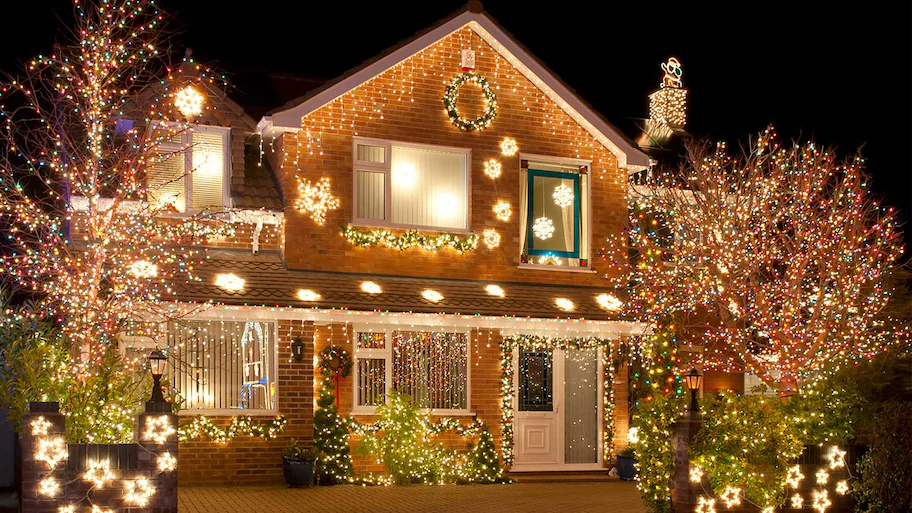As we step into 2024, the architectural landscape of Hampshire stands at the cusp of transformation. With evolving technologies, shifting societal needs, and a growing consciousness towards sustainability, the architecture of tomorrow in Hampshire is poised to be both innovative and responsive. In this blog, we delve into the trends that are set to shape the future of Hampshire architecture in 2024 and beyond.
Sustainability Takes Center Stage:
In 2024, sustainability isn’t just a buzzword; it’s a guiding principle shaping architectural design. Hampshire architects are increasingly integrating sustainable practices into their projects, from incorporating renewable energy sources like solar panels and geothermal heating to using eco-friendly materials and designing buildings with low carbon footprints. The focus is not just on meeting current environmental standards but on creating structures that actively contribute to a greener future.
Adaptive Reuse and Heritage Preservation:
As Hampshire continues to evolve, there’s a growing emphasis on preserving its rich architectural heritage while adapting existing structures to meet modern needs. Adaptive reuse projects, where historic buildings are repurposed for new functions, are gaining traction. From old mills turned into vibrant mixed-use spaces to heritage homes transformed into boutique hotels, these projects celebrate the past while embracing the future, creating a sense of continuity and authenticity in Hampshire’s built environment.
Smart and Connected Cities:
With advancements in technology, Hampshire is embracing the concept of smart cities, where data-driven solutions are used to enhance urban living. From smart infrastructure to IoT-enabled buildings, the integration of technology is revolutionizing how cities function. Hampshire architects are at the forefront of this movement, designing interconnected spaces that prioritize efficiency, safety, and convenience. From intelligent transportation systems to energy-efficient smart homes, the future of Hampshire architecture is undeniably digital.
Biophilic Design and Wellness Spaces:
In an increasingly urbanized world, the importance of reconnecting with nature is more apparent than ever. Biophilic design, which seeks to integrate natural elements into the built environment, is gaining momentum in Hampshire. From green roofs and living walls to strategically placed windows that maximize natural light and views, architects are creating spaces that promote well-being and foster a deeper connection to the outdoors. Wellness-focused buildings, such as spas, yoga studios, and meditation centers, are also on the rise, catering to the growing demand for holistic living experiences.
Modular and Prefabricated Construction:
In a fast-paced world where time is of the essence, modular and prefabricated construction methods offer a promising solution. By fabricating building components off-site and assembling them on-site, these techniques streamline the construction process, reduce waste, and minimize disruption to surrounding communities. Hampshire architects are increasingly exploring modular designs, not only for residential projects but also for commercial and institutional buildings. With advancements in technology and material sciences, the possibilities for modular architecture are limitless, paving the way for faster, more cost-effective, and sustainable construction practices.
Conclusion:
As we look ahead to 2024 and beyond, the future of Hampshire architecture is brimming with possibilities. From sustainable design principles and adaptive reuse projects to smart cities and biophilic spaces, Architects in East London are at the forefront of innovation, shaping the built environment in ways that are both visionary and pragmatic. By embracing emerging technologies, honoring the past, and prioritizing the well-being of communities, Hampshire architects are poised to create a future where beauty, functionality, and sustainability coexist harmoniously. As we embark on this journey together, let us embrace the challenges and opportunities that lie ahead, forging a path towards a more resilient, equitable, and inspiring built environment for generations to come.
Frequently Asked Questions
What sustainable practices are Hampshire architects incorporating into their designs in 2024?
Hampshire architects are increasingly integrating sustainable practices such as renewable energy sources like solar panels and geothermal heating, using eco-friendly materials, and designing buildings with low carbon footprints. They prioritize environmentally conscious design solutions to minimize the ecological impact of their projects.
How are Hampshire architects preserving the region’s architectural heritage while adapting to modern needs?
Hampshire architects are engaging in adaptive reuse projects, repurposing historic buildings for new functions while preserving their architectural integrity. This approach celebrates the region’s rich heritage while ensuring that these structures remain relevant and functional in contemporary society.
What role does technology play in shaping the future of Hampshire architecture?
Technology plays a significant role in shaping the future of Hampshire architecture by enabling the creation of smart and connected cities. Architects utilize data-driven solutions, IoT-enabled buildings, and intelligent infrastructure to enhance urban living, improve efficiency, and create sustainable environments that respond to the needs of residents.
How does biophilic design influence architectural projects in Hampshire?
Biophilic design principles are increasingly influencing architectural projects in Hampshire, with architects integrating natural elements into the built environment to promote well-being and foster a connection to nature. Features such as green roofs, living walls, and ample natural light enhance the quality of spaces, contributing to the overall health and happiness of occupants.











One Comment